Onomato-what? Onomatopoeia is what makes your picture books pop! It’s the smooth, silky, wispy words that tap into other senses and emotions. It’s the silly-willy words that make your readers giggle and squeal. It’s the slam, clang, or bang to make kids jump or the plop, ooze, squish to make them squirm. Perhaps, it’s the oink of a teeny piggy, the yip-yip of a fluffy puppy, or soft purr of a kitty that will elicit an “Awwwww.” It’s the crunch of the leaves, the eerie creak of an opening door, or the faint whisper in the dark that will keep your audience on the edge of their seats.
According to Merriam-Webster, onomatopoeia is the naming of a thing or action by a vocal imitation of the sound associated with it (as buzz, hiss) 2. the use of words whose sound suggests the sense.
As writers of children’s books, it’s what we need to use frequently. Kids don’t want to hear that a car raced down the street and quickly stopped. It zoomed across the scorching pavement then screeched to a halt. With a whoosh the car sped off then’ urrrrrched’ to a screaming halt. Play with it. This is why we write. We want to make a great story even better. We want to make it interesting for the children, a book that the kids ask for over and over again. And we want to write a book that parents actually enjoy reading. Keep your words appropriate for your target age level. A screaming halt may be too advanced for a three-year old, but certainly not for a 10-year-old.
Can you incorporate onomatopoeia into your existing story? Check out this website with an infinite list of words to use. http://www.onomatopoeialist.com/ Play with it until you find the perfect word for the rhythm of your story. Also check out http://www.thesaurus.com/ to find equivalent words that may enhance your story.
By rhythm, I don’t necessarily mean meter for verse, but all books have a rhythm, a flow. If a bunny is hopping to get away from a predator, he’ll hop, leap, jump, zip, zoom, skitter. You’ll write with short, quick words. Short sentences. You want to evoke that tension. At this point he’s not going to meander through the delicious carrot patch in hopes of escaping the hungry fox. He skitters through rows. Zips around brush. Darts through the woods.
A gentle, bedtime story however, will have a soothing effect. Use gentle, smooth, calming words, perhaps longer sentences. A story about bath time will most certainly include bubbly words, splashes, and silly, slippery soap type words. Rain shouldn’t fall in children’s books. It pitter-patters, drips, splats, sprinkles, drizzles.
The rhythm may change through your book to obtain the feel that you want. It might start peppy, zippy and energetic at first and slowly wind its way down to a lulling, sleepy, nighty-night mood by the end. Zzzzzzzz.
You have control of this by the purrrrrfect words you choose. What are some of your favorite onomatopoeia words? What makes you or your children giggle, hoot, howl, shrink back, jump or cause you to want to read a book again? List them in the comment section below. These are the types of words we want to use.

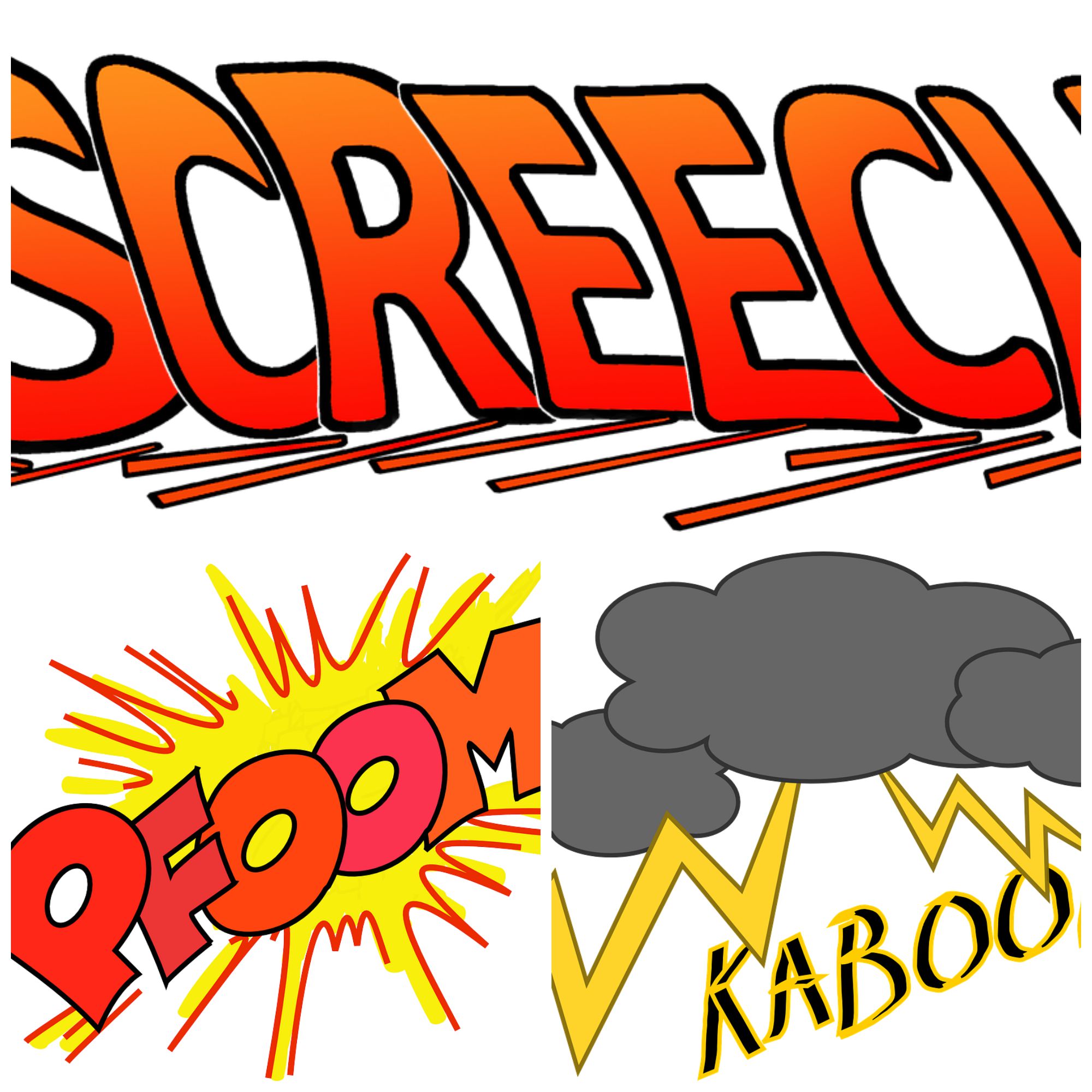
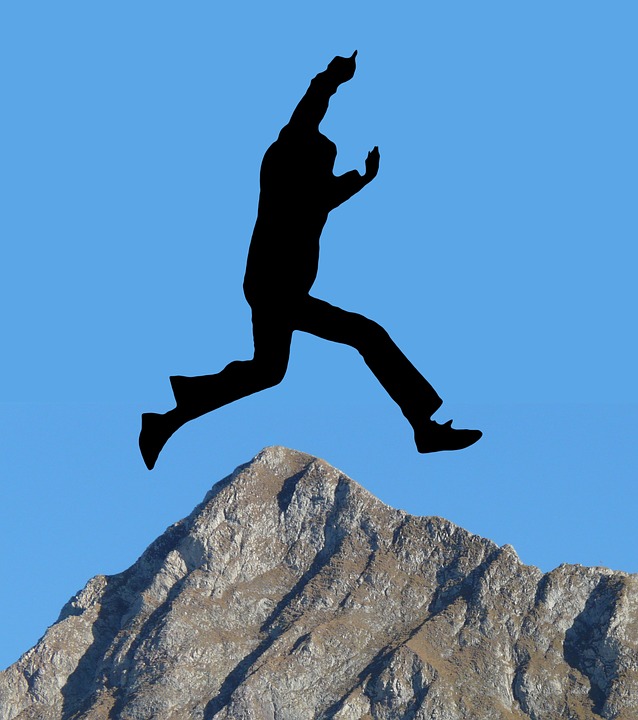
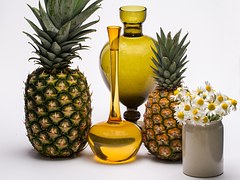
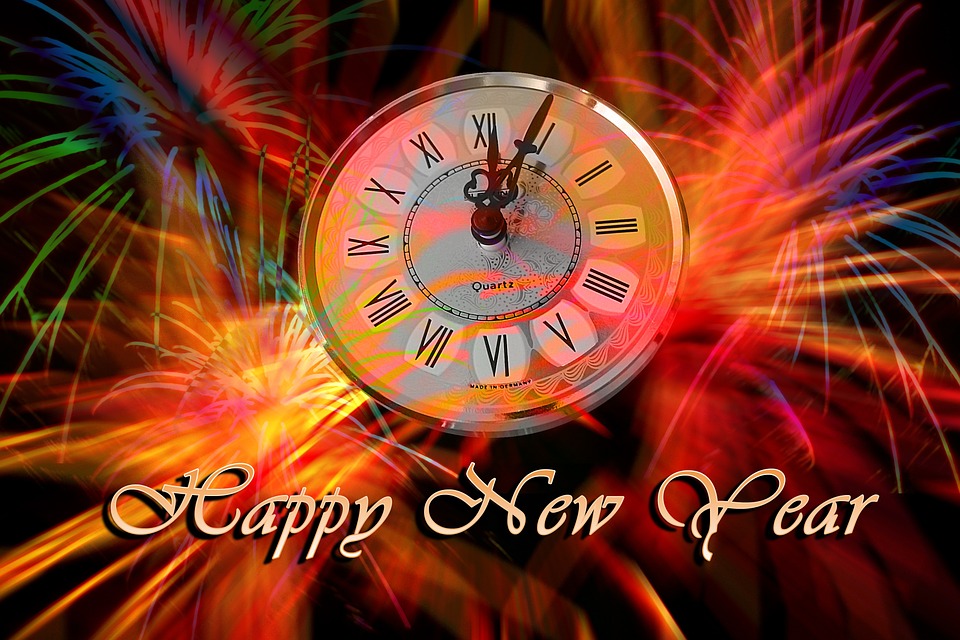
 We love helping your growing in your writing career.
We love helping your growing in your writing career.
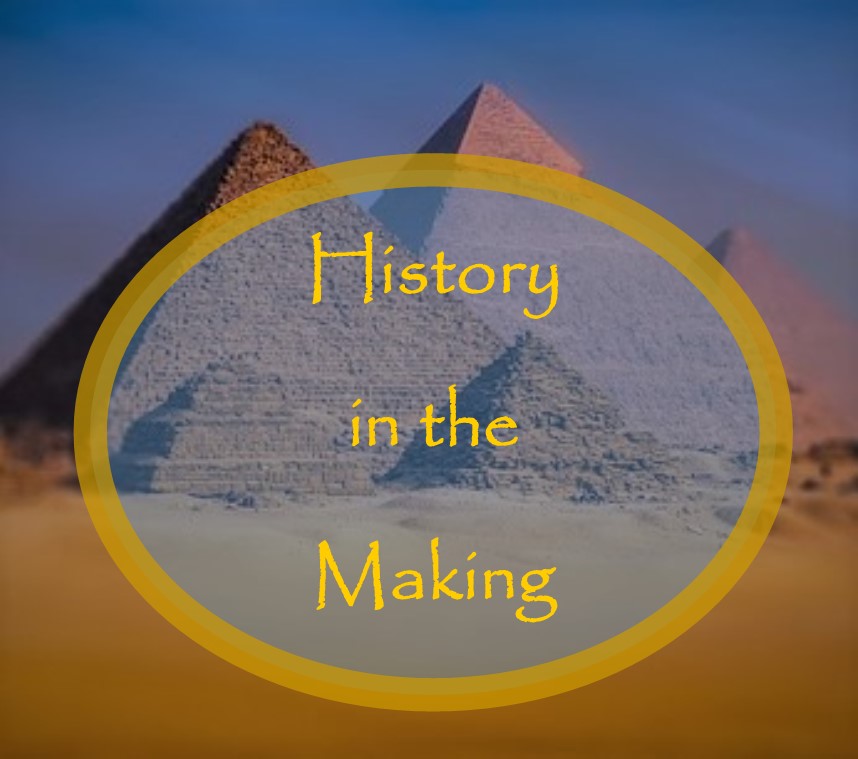
1 Comment
Jill, thank you for this post. I will certainly visit the sites you listed.